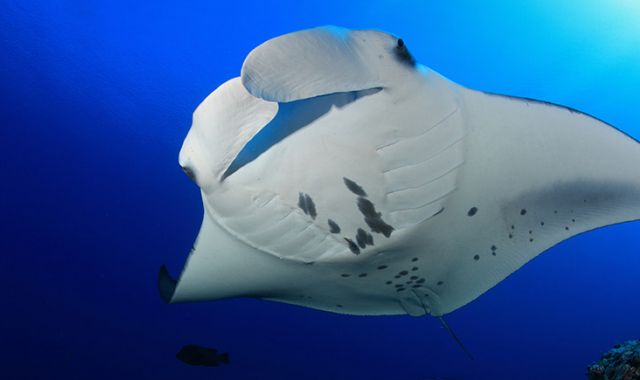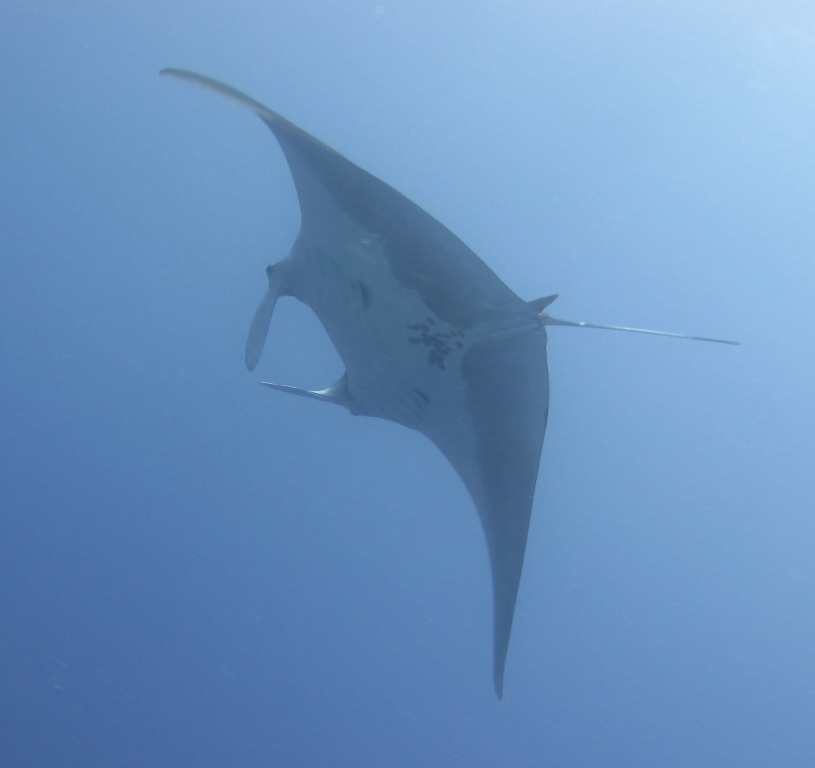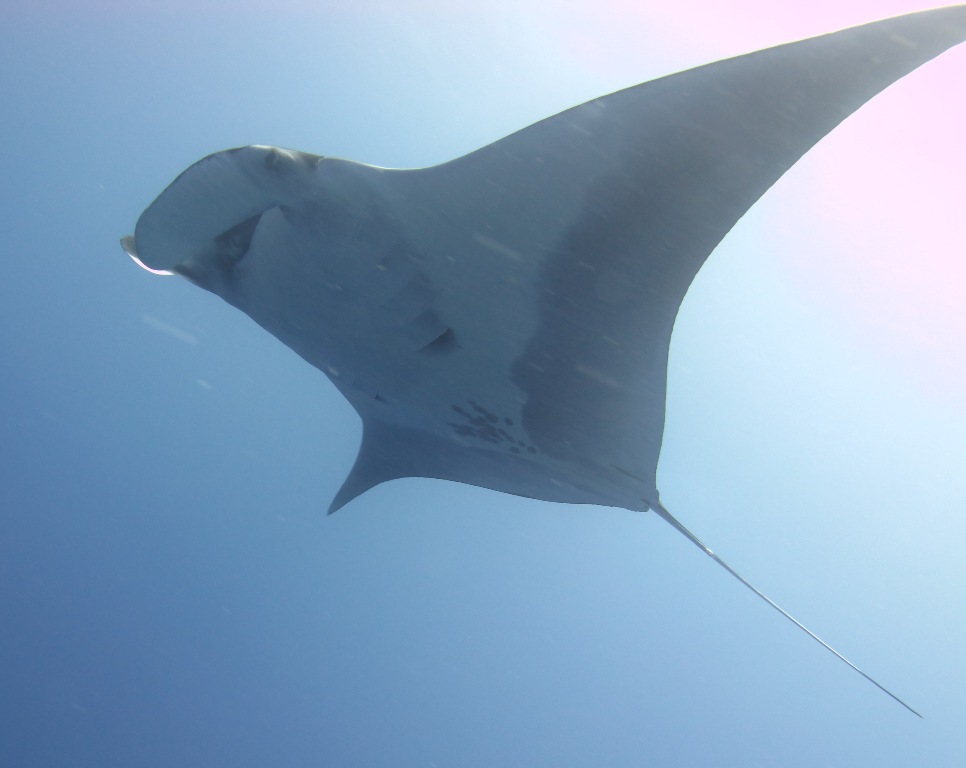- More More
- Blog
- Inspire me
- Groups
- Offers More
- Dive Courses More
- Liveaboards
More

Liveaboard Trips
On-board accommodation offering the opportunity to live right over the dive sites and to experience secluded dives...
Diving regions...
- LATEST AVAILABILITY BY REGION
- Red Sea availability
- Maldives availability
- Indonesian availability
- Socorro Mexico availability
- Galapagos availability
- ALL LIVEABOARD DIVING REGIONS
- Bahamas
- Bikini Atoll
- Caribbean
- Cocos Island
- Destinations
MoreDIVING REGIONS...
Our Top destinations....Why not try....
Find a trip
- Resort
- Liveaboard
EARTH DAY 2020

22 Apr 2020, Cath Bates
This World Earth Day we are encouraging Citizen Science!
In July 2013 at dive site Ras Umm Sid, guides at Camel Dive Club in Sharm el Sheikh encountered Ariel, a 4 metre giant manta ray (manta birostris). This was not a one-time lucky sighting however as our sales consultant Cath (who once ran their Eco Tribe department) had already spotted Ariel at the same dive site in May 2012.

How could they be sure it was the same animal? Fortunately Cath had photos of both sightings and by matching the markings on the belly she was able to positively identify Ariel. Each manta ray has its own individual belly markings that act like a fingerprint but depending on the size of your archive, manually matching manta photos can be very time-consuming. Therefore a Cambridge professor teamed up with Marine Megafauna Foundation to develop a computer algorithm which identifies manta rays by their markings. This algorithm was integrated into the first global online database for manta rays called Manta Matcher. According to scientist Andrea Marshall, the groundbreaking system “will revolutionise global research on these threatened rays and help change the way field researchers approach scientific research on wild animals by means of successful and meaningful public involvement.” At the time Andrea was so excited about Camel Dive’s photo match of Ariel that she described it at the National Geographic Explorer Week in Washington DC!

Manta rays do not just migrate through Egypt however. Many of our partners abroad take great pride in actively encouraging manta ID. The Nautilus liveaboard company have a library of previously identified individuals in the Socorro Islands and give a presentation during the trip about giant Pacific manta rays. Both Manta Point and Manta Alley in the Komodo National Park are world famous for their aggregations of reef mantas feeding and being cleaned. Local liveaboards contribute their encounters to various databases including Manta Matcher as well as logging any injuries or deformities they come across. Also in the Maldives, Emperor Divers help log the mantas local to the Northern Raa Atoll for the Manta Trust database.
So unearth those belly shots of manta rays from your holiday and submit them as an encounter on the Manta Matcher website. Upload the photograph along with the date, time, depth and dive site. You will be helping to conserve the smartest fish in the ocean. This World Earth Day make small impacts matter!




